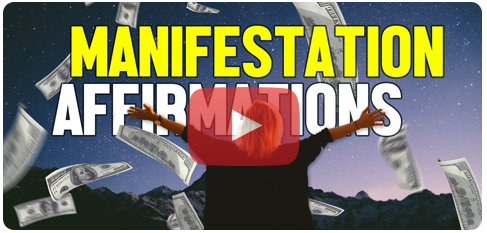
The Tower of Babel painting is one of three works on the subject by Pieter Bruegel the Elder. This work is often distinguished as the “great” tower, where the other painting in the series is distinguished as the “little” tower. The painting discussed in this article is the “Great” Tower of Babel, but it is often simply referred to as the Tower of Babel.
Biblical Beginnings
The consensus among experts is that Bruegel was inspired by the narrative on the same subject from the book of Genesis. The story tells of a leader, Nimrod, who instructs his people to build a tower reaching up to heaven.
While Nimrod’s goal is unclear, it is stated that once the tower is built, everyone will be “one people.” When God noticed what they were doing, he spoke the word “babel” to earth, and soon all of the humans spoke different languages. The text does not explicitly clear why God was unhappy with the tower, but some experts posit that He suspected the humans were going to use the tower to storm heaven.
Speaking different languages made them unable to communicate, and thus they could not build the tower. Once they were unable to communicate, the humans scattered across the globe, laying the seeds for the different languages that exist today.
When in Rome
Saint Augustine, and other religious figures of the time, described Babel as a sinful city that tried to usurp God’s authority. Babel was commonly compared to Rome, exemplified when Augustine called it, “That other Babylon of the west.”
Commonalities between ancient Rome and the Tower of Babylon were drawn frequently during Brugel’s time. Christians during Bruegel’s time saw the Colosseum as a symbol of man’s hubris and rejection of Christ.
Commonly referred to as the “eternal city”, it’s no surprise that Rome was used as an analogy for Babylon. Bruegel’s interpretation of the tower is interesting as it features many aspects that were deliberately included as an illusion to the Roman Colosseum. The structure has spiraling ramps and archways that mimic Roman engineering.
Composition
Bruegel depicts the tower of Babel as a great structure mid-construction. Some floors of the tower can be seen protruding above others, showing the tower to be unfinished. The structure dwarfs everything around it, but great care was taken to preserve the detail of the surrounding scene.
The tower sits near a body of water, with merchant ships pulling into a port. Behind the tower, a city can be seen extending back into the horizon. A group of men can be seen in the lower left of the painting, often thought to be Nimrod commanding his men to build the tower. The scale of the tower can be seen when looking at how Bruegel depicts the sky. A cloud is shown passing in front of the tower, showing how high it has already been built.
The world landscape composition type depicts an imaginary scene from a panoramic view and includes a number of different landscape elements like waterways, structures, and mountains. Except for mountains, the Tower of Babylon has all of the natural features of a world landscape.
This composition type is commonly used for depictions of biblical scenes, as they dwarf any humans that may be included in the painting. This composition style can be seen in the Tower of Babel, where the figures in the bottom left can be seen dwarfed by the scene around them.
Interpretations
The Tower of Babel can be interpreted in two ways. The first interpretation, which is likely that which Bruegel intended, is one that emphasizes the fragility of man’s efforts. The biblical story of Babel ends with God preventing man from communicating, and they are unable to build the tower.
This line of thinking posits that any action which is in defiance to God is doomed to fail. This is the traditional interpretation of both the painting and the biblical narrative and is the one many theologians have adopted.
The other interpretation of this painting is one of defiance in the face of authority. This interpretation views Nimrod as ambitious rather than pious. This interpretation has grown more popular in modern times, as views on ambition, pride, and defiance have changed. The clear skies and bustling city found in the Tower of Babel creates the image of an idyllic city that seems to lend evidence to this interpretation.
Conclusion
Bruegel took inspiration from the Bible and contemporary religious thinkers to create his interpretation of the tower of Babel. Today, the Tower of Babel is on display with a number of Pieter Bruegel’s other works at the Kunsthistorisches Museum in Vienna, Austria. The painting continues to be the subject of philosophical debate in regard to the interpretation of the biblical source material.







